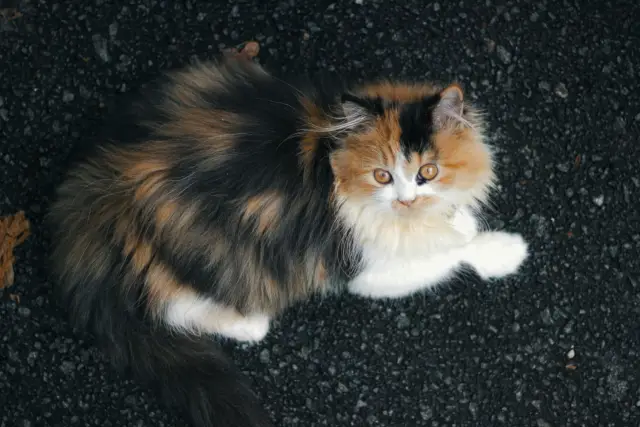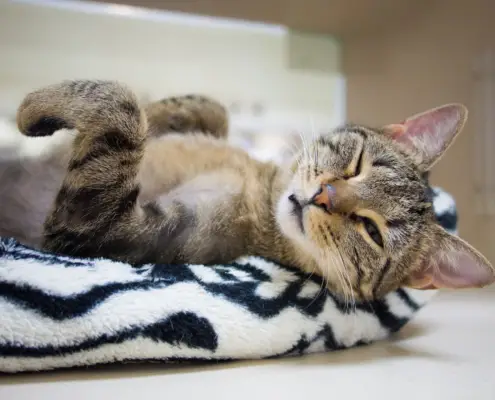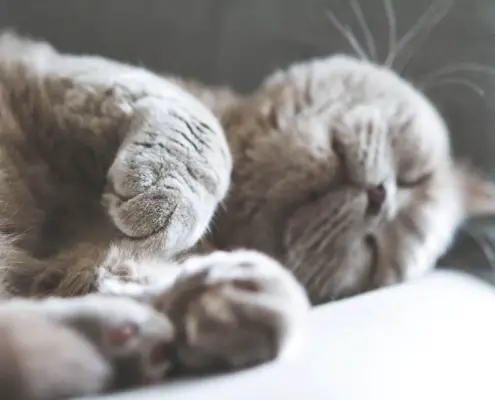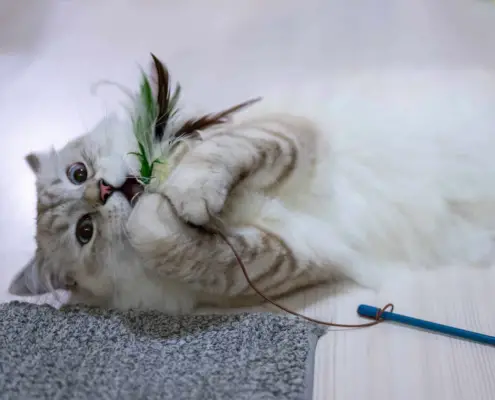
When it comes to their appetite, cats have long been a subject of fascination and speculation. They are often described as “greedy” creatures, always on the hunt for food and seemingly insatiable. But is this perception accurate? In this article, we will delve into the truth behind cats and their appetite, exploring the various factors that contribute to their behavior and shedding light on common misconceptions. By understanding the evolutionary background, genetics, and environmental influences, we can gain a deeper appreciation for our feline companions.
Understanding feline behavior and eating habits
To comprehend a cat’s appetite, it is essential to understand their natural behavior and eating habits. Cats are obligate carnivores, meaning their bodies are designed to thrive on a diet primarily consisting of meat. Their ancestors were skilled hunters, relying on their keen senses to seek out prey. This instinctual behavior has been passed down through generations, even though many domesticated cats no longer have to hunt for their meals.
Cats are known for their preference for small, frequent meals throughout the day. This behavior stems from their hunting instincts, as in the wild, their prey would often be small and consumed swiftly. Additionally, cats have a unique digestive system that allows them to efficiently process and absorb nutrients from their food. This natural behavior can sometimes be misunderstood as greediness, as cats may appear to constantly beg for food or act as if they are perpetually hungry.
The evolutionary background of cats and their hunting instincts
To truly grasp a cat’s appetite, it is crucial to examine their evolutionary background. Cats are descendants of solitary hunters, and their hunting instincts are deeply ingrained in their genetic makeup. In the wild, cats would spend a significant amount of time and energy hunting for their meals. This hunting behavior not only ensured their survival but also provided mental stimulation and exercise.
As cats were domesticated, their hunting instincts remained intact, even though their reliance on hunting for survival diminished. This evolutionary background plays a significant role in their appetite and behavior around food. Cats may exhibit behaviors such as pouncing, stalking, or pawing at their food, mimicking their hunting behavior in the wild. Understanding this evolutionary aspect can help us better appreciate and manage their appetite.
Factors that contribute to the perception of greed in cats
While it may seem like cats are always hungry, there are several factors that contribute to this perception of greediness. One such factor is the size of their stomach. Cats have relatively small stomachs compared to other animals, which means they can only consume small quantities of food at a time. This necessitates more frequent meals to meet their nutritional needs, giving the impression that they are always hungry.
Additionally, cats have a highly developed sense of smell, and certain scents can trigger their appetite. This sensitivity to smells can result in cats showing interest in food even when they are not necessarily hungry. Furthermore, cats are creatures of routine, and any disruption to their feeding schedule or environment can cause them to appear more eager for food.
The role of genetics in a cat’s appetite
Genetics also play a significant role in a cat’s appetite. Different breeds may have specific genetic traits that influence their eating habits. For example, some breeds may have a higher metabolism, requiring more frequent meals to maintain their energy levels. On the other hand, certain breeds may be prone to obesity, necessitating careful portion control and monitoring of their food intake.
It is also worth noting that individual cats within a breed may have varying appetites due to their unique genetic makeup. Some cats may have a more voracious appetite, while others may be more moderate in their eating habits. Understanding the genetic predispositions of a cat can help owners tailor their feeding routines and ensure their pet’s nutritional needs are met.
Environmental factors that may influence a cat’s eating behavior
Apart from genetics, a cat’s eating behavior can be influenced by its environment. Stress, anxiety, or changes in routine can affect a cat’s appetite. Cats are known to be sensitive to their surroundings, and any disruptions or perceived threats can lead to changes in their eating habits. It is essential to provide a calm and stable environment for cats to promote healthy eating behaviors.
The location and presentation of food can also impact a cat’s appetite. Some cats may prefer elevated feeding stations, while others may feel more comfortable eating from the ground. Experimenting with different feeding methods can help cater to a cat’s individual preferences. Additionally, the type of food and its texture can influence a cat’s interest in eating. Offering a variety of high-quality, nutritious foods can help ensure a cat’s nutritional needs are met while keeping their appetite satisfied.
Common misconceptions about cats and greed
There are several common misconceptions surrounding cats and their appetite that need to be addressed. One such misconception is that cats are always hungry and should have constant access to food. While cats may appear to be constantly seeking food, it is important to remember that they have a natural instinct to eat small, frequent meals. Providing regular, portion-controlled meals that meet their nutritional needs is crucial for maintaining their health.
Another misconception is that overweight cats are simply greedy or overeating. Obesity in cats is a complex issue that can be influenced by various factors such as genetics, lifestyle, and diet. It is essential to work with a veterinarian to develop a weight management plan that includes appropriate portion sizes, regular exercise, and a balanced diet.
Tips for managing a cat with a seemingly insatiable appetite
Managing a cat with a seemingly insatiable appetite can be challenging but not impossible. Here are a few tips to help ensure your cat’s nutritional needs are met while maintaining a healthy weight:
- Consult with a veterinarian: If you are concerned about your cat’s eating habits, it is important to seek professional advice. A veterinarian can assess your cat’s overall health and provide guidance on feeding routines, portion control, and nutritional requirements.
- Establish a feeding routine: Cats thrive on routine, so establish a consistent feeding schedule. Divide their daily food portion into several small meals throughout the day to mimic their natural hunting behavior.
- Use puzzle feeders: Puzzle feeders are a great way to provide mental stimulation and slow down a cat’s eating pace. These interactive toys require cats to “hunt” for their food, making mealtime more engaging and satisfying.
- Monitor food portions: Measure your cat’s food portions to ensure they are receiving the appropriate amount of calories for their size, age, and activity level. Avoid free-feeding, as it can lead to overeating and obesity.
- Offer low-calorie, high-fiber options: If your cat is prone to weight gain, consider incorporating low-calorie, high-fiber foods into their diet. These options can help them feel fuller for longer, reducing the urge to constantly seek food.
When to seek veterinary assistance for a cat’s excessive eating habits
While a healthy appetite is normal for cats, excessive eating habits can be a cause for concern. If you notice a sudden increase in your cat’s appetite or if they are constantly begging for food despite being fed adequately, it is essential to consult with a veterinarian. Excessive eating can be a sign of an underlying medical condition such as hyperthyroidism or diabetes. A veterinarian can conduct a thorough examination and recommend any necessary tests or treatments.
Embracing and understanding a cat’s unique appetite
In conclusion, cats have a fascinating and unique appetite that is deeply rooted in their evolutionary background and genetics. While they may appear “greedy” at times, it is important to understand the factors that contribute to their behavior. By embracing and understanding a cat’s unique appetite, we can provide them with the care and nutrition they need to thrive. Whether it’s through establishing a feeding routine, offering a variety of high-quality foods, or seeking veterinary assistance when needed, our feline companions deserve our understanding and support. So, let us cherish their mysterious appetite and continue to learn more about these captivating creatures.
If you enjoyed my article, I would appreciate you sharing it with your network.

Sima Ndlebe
Sima writes for CatBuzz. He is interested in Cats, Health and Fitness, and Entrepreneurship.
Published: 15 November 2023



